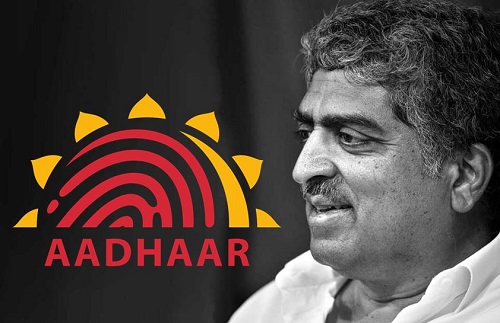
The Aadhaar Card scheme rolled out by the Government of India has helped the Indian exchequer in saving more than $9 Billion. The systematic and targeted subsidy delivery system helped in eliminating frauds from the list and has ensured the subsidy amount reaches the beneficiary. This observation was presented by Nandan Nilekani who participated in a World Bank panel discussion on Digital Economy for Development.
The system launched by the previous UPA government has been taken to new heights by the current government. More than a billion people have already registered in the system and are benefitting from it. More than half a billion people have already linked their bank accounts with Aadhaar and the government has transferred around $12 Billion value of subsidy into these bank accounts making it the world’s largest cash transfer system.
The effects of this Aadhaar is that India has moved ahead in the field of data economy, non-frictional payments, paperless transactions, digital identity verification, etc. India is the only country where paperless transactions can be conducted by more than a billion people using mobile phones considerably reducing the costs and time.
As per Nilekani, the World Bank has also done a great job in bringing the concept of digital ID to the ground. When a person has his digital ID, he can be a part of the ecosystem where digitally enabled system can help in making things safer, smarter and time saving.